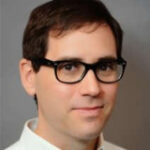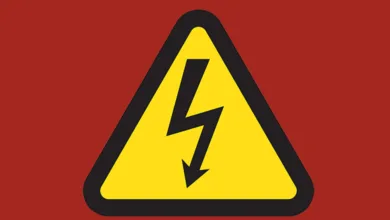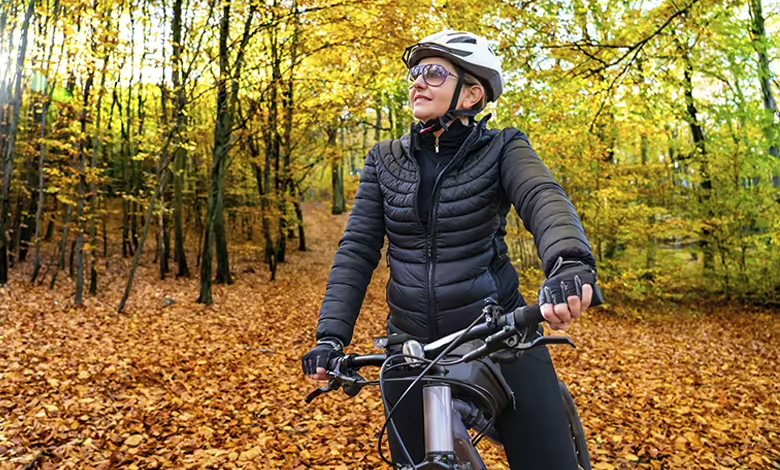
When you were growing up, you might have had a dreary idea of what “aging” meant.
Maybe it involved sitting in a rocking chair, watching your “stories” on the TV, or struggling to keep your grandkids in line.
But here you are now, at roughly the same age as your parents or grandparents were back then, and it’s weird: You don’t feel like sitting in a rocking chair. You still feel like you’re in your 40s or even your 30s.
And the thing is, you’re not alone. That’s because the conventional definition of “aging” is … well … old. A new definition is getting traction, and it’s anything but lazy.
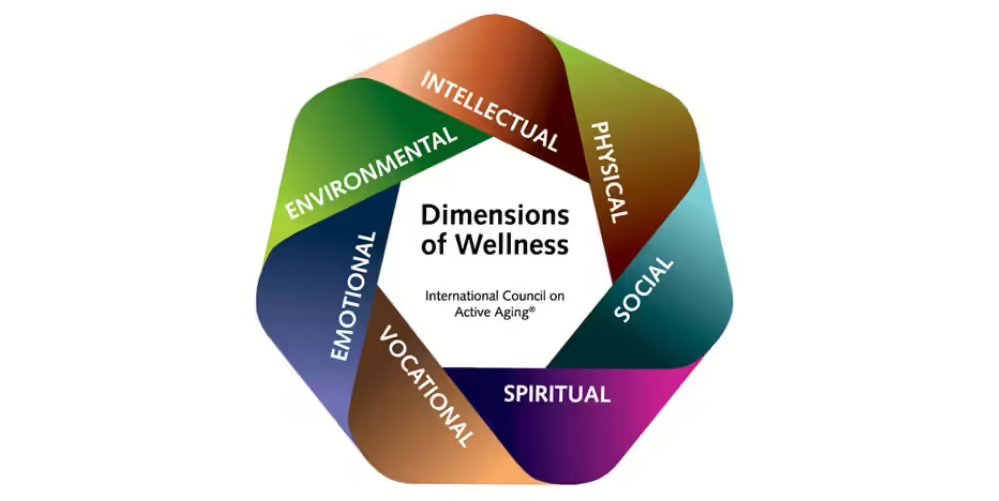
It’s called active aging, and Colin Milner, the CEO of the International Council on Active Aging, describes it as being engaged in life.
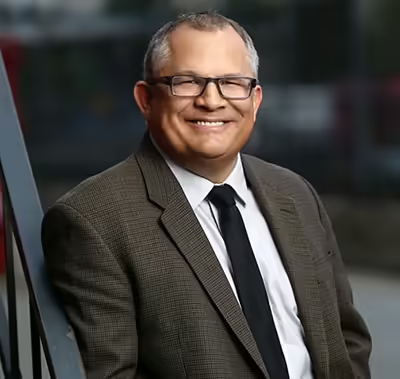
“This concept transcends physical activity; it encompasses social, emotional, and even civic engagement,” he explained. “Active aging is about participation—connecting with loved ones, contributing to the community, or pursuing personal passions.”
And engaging with life, he said, creates a positive feedback loop of sorts: Activity leads to better health, which leads to more activity and engagement.
Baby Boomers and Gen-Xers like us are embracing active aging partly because of the digital age’s unprecedented access to information. This has empowered us to make more informed choices about our options, such as pursuing new hobbies.
Wellness is both a cause and effect of aging, and according to Milner, it comprises not only the physical but also the emotional and social. This is important because physical health can become less certain over the years. In other words, we can still pursue wellness when our bodies aren’t 100%.
“Even if perfect health isn’t achievable for everyone, the pursuit of wellness invariably improves the quality of life, offering a richer experience no matter one’s circumstances,” he said.
Several things can help us embrace wellness and age actively, which Milner refers to as “wellness environments, wellness programs, and wellness services.”
A wellness environment, for instance, could be a nature trail or a dedicated wellness center to enhance one’s quality of life. “Sensory gardens are another excellent example – immersing individuals in a holistic experience of sight, sound, and touch,” Milner said.
He said that wellness programs can include physical activity classes, nutrition workshops, sleep improvement programs, social clubs, and mental health support, such as therapy groups.
And wellness services “might include anything from community clean-ups to fitness activities, emphasizing the connection between personal actions and overall well-being,” Milner said.

Milner believes the growing trend of home-based senior care represents a “pivotal opportunity” in wellness culture because it aligns with many people who desire to age in place.
“Historically, home care has been about assisting individuals in daily tasks, but what if it also focused on bolstering physical and cognitive health?” Milner asked. “Imagine home care that includes fitness routines, stimulating conversation and mental challenges, fostering a sense of interdependence rather than dependence.
“This approach can help individuals not just live at home but thrive there, integrating wellness into everyday interactions and activities.”
However, he said, developing wellness environments, programs, and services is not straightforward. There are obstacles.
“The first is a fundamental understanding of what wellness truly means,” Milner explained. “It’s not just for the wealthy or physically able. Wellness transcends socioeconomic boundaries, touching various social, spiritual, emotional, and intellectual,” he said. “The key is recognizing that wellness isn’t bound by cost, but by choice.”
Milner is also the founder of the International Council on Active Aging, which “leads, connects, and defines the active-aging industry.” He explains that two things shifted his focus to creating the council and promoting the concept of active aging: research showing that significant strength gains are achievable at any age and his late grandmother, who led a vibrant life and reached 111 years of age.
“I realized that the broader conversation about aging was skewed negative, focusing on decline rather than possibility,” he said.
Milner said the conversation about aging is more balanced now, acknowledging both the challenges and opportunities of aging.
“We’ve come a long way, but the journey continues,” he said.
Learn more in-depth information about the council’s resources and research on its website.

